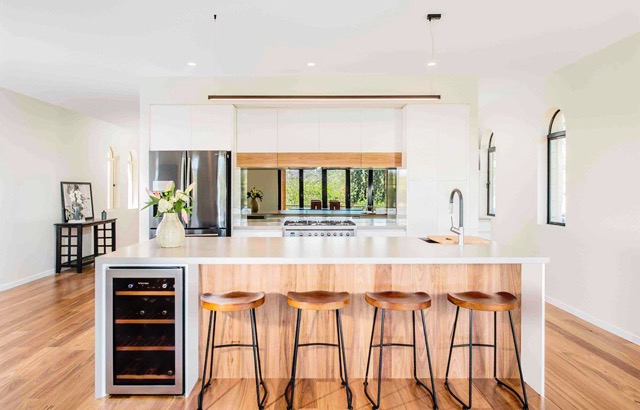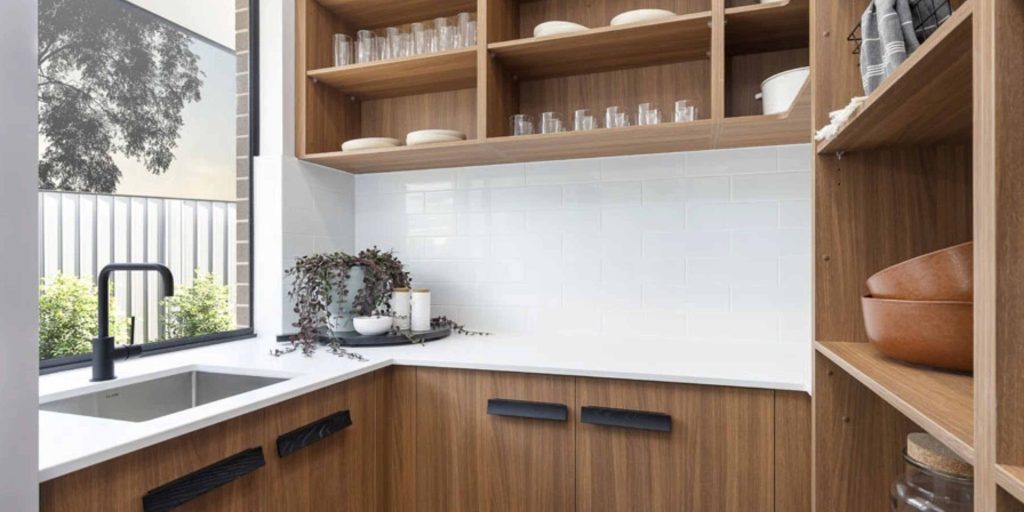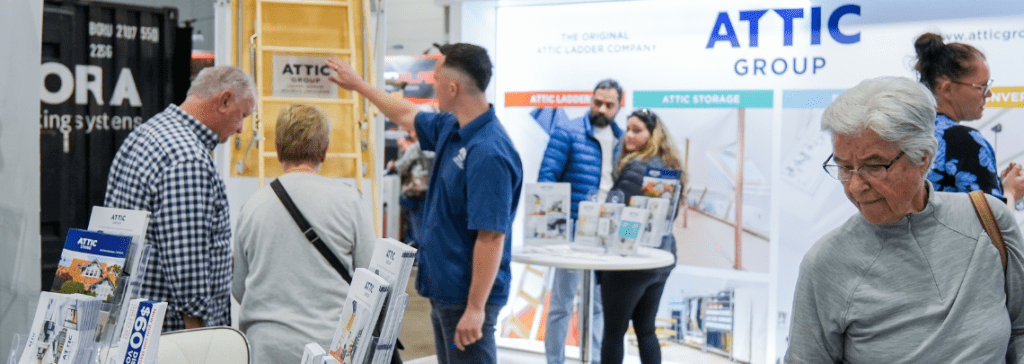Enter The Peak, an architecturally designed 32.5m2 fully integrated home equipped with all the latest in passive design technology starting at just $110,000, all profits go towards a charity keeping kids off the street.
Sydney is the tenth most costly city in the world, so it’s no wonder millennials are pessimistic about their future. The practicality of container homes is shaking up the housing market, giving grandparents and children in their 20s a space to live in the back yard. Tiny homes give hope to lost generations who have previously given up hope of having a place to call their own, it’s shocking how this applies to both homeless kids and most millennials of today.
“The demand for compact living is as much an issue for ageing parents as it is for young people saving to buy their first home and we want to change the conversation around the pressure on housing stocks and affordability,” said Monica Vandenberg, General Manager at Nestd Foundation.
The Peak, ironically just 4.5 meters high, is a small home at a high quality. Today’s minimum building code allows for cost-cutting developers to use cheap interior plasterboard building material for walls. This low-cost home is finished with quality timber LVL from sustainable resources inside to give that sense of luxury you just don’t find in modern homes. All the components add up to a six green-star rating, making it an environmentally friendly choice. The exterior uses metal cladding, finished with a matt black which almost makes it look like wood panelling.
We recently ran a feature introducing the quiet revolution of passive design and why your home doesn’t need a heater. This modular design is the peak (had to do it) of passive heating and cooling techniques. Its roof is designed for optimal photovoltaic performance, angled perfectly towards the sun to absorb maximum heat like a sponge. Innovative phase change insulation comes in the form of coconut and oil sachets in the walls which changes from solid to liquid and liquid to solid to react to hot or cold days.
“Typical tiny houses are seriously tiny and essentially a studio space, like a developed caravan. What we were looking to provide was more of a liveable, high-quality piece of design with a small size and at an affordable price point.” Tim Angus, Associate at Grimshaw’s Melbourne office, said: “You can imagine it in the backyard of an existing house, but you can imagine tiny house subdivisions and the design of tiny communities. We’re really keen to explore how we’d design new neighbourhoods around tiny houses; It does solve so many really big issues.”
Suitable for…

The beautiful cubed glass panels at the front flood the space with light. When the sun comes down, the LED strips beam light upwards, bouncing off the timber for a warm homely glow. The kitchen, bathroom, laundry, bedroom and couch spaces are prefabricated into one cube-shaped storage and include cavities which have been designed to accommodate a variety of Ikea modules.
Its prefabrication is stress-free and low cost; with its fully furnished flat pack delivery, The Peak is ready to occupy in just two weeks. Like a caravan, it can be hooked up to mains electricity or go completely off-the-grid with space for 16-solar panels (more than enough power) on the roof. Also like a caravan, the mobile kit house can be loaded onto a trailer and moved easily.
The Cost & Challenges
At this point, you’ll either be saying ‘take my money!’ or ‘what’s the catch?’ – and yes, there are plenty of challenges that come with garden shed homes surrounding government regulations and bureaucracy.
Hurdles you need to overcome include: a site survey, obtaining a building permit and also potentially a planning permit if you want to use the home for commercial purposes.
But the Municipal Association of Victoria recognises this potential and is working on a proposal for the State Government to “create a consistent framework for planning and building laws regulating tiny houses”, President Mary Lalios said. “It makes sense to establish uniform standards and rules to ensure that tiny houses are of a high quality and fulfil the potential social, environmental, and economic benefits of the idea,”
Starting at $110,000, the secondary suite can be fully built out at $150,000. Buyers should budget a further $15,000-$30,000 for planning, permit and installation costs.
Land prices vary massively state to state and area to area. Land for sale starts at $8,500 for 1,700m2 in Victoria, $9,000 for 1,200m2 in Southern Australia, $6,000 for 1,800m2 in Western Australia, $6,000 in Northern Territory, $5,000 for 1,000m2 in Queensland and $7,000 for 2,000m2 in New South Wales. (source RealEstate.com)
The Charity
Established in 1989, Nestd is a non-profit social enterprise of Kids Under Cover which works to prevent youth homelessness. Grimshaw, an award-winning global architecture firm, won the Nestd Cubby House Competition in 2017, raising $137,000 for the charity.
“From there we began to discuss the opportunity for a bespoke, designer compact home. Grimshaw brought all of their expertise in design thinking to develop The Peak prototype which we had on display at 2018 HIA Home Show. From there we have received feedback from all over Australia and from Europe and the United States which has informed our production model of The Peak.” said Monica.
The Home Show
“The Peak as it was displayed at the Home Show was a prototype, so we have refined the design since then in response to the outstanding feedback and overwhelming interest,” said Monica.
The Peak wowed the crowds at the Melbourne Home Show last year, who had the chance to touch the timber interior, inspect the smart storage and experience the feeling of being inside a cubby home.




